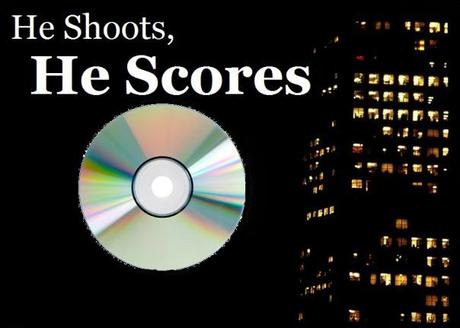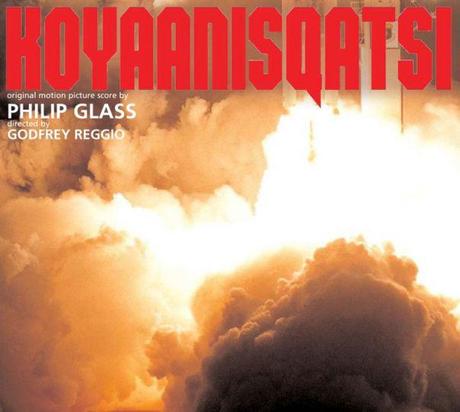
Just yesterday I watched Powaqqatsi and Naqoyqatsi, the two sequels to Godfrey Reggio’s stunning and brilliant Koyaanisqatsi. All three films were scored by master musician Philip Glass, and the fantastic soundtracks of Powaqqatsi and Naqoyqatsi convinced me to buy a DVD of Koyaanisqatsi online, and while waiting for it to arrive, listen to the Koyaanisqatsi soundtrack. While listening, I decided it would be a great soundtrack to feature on He Shoots, He Scores, a blog series here at Southern Vision where I examine a great movie score or soundtrack. Since the He Shoots, He Scores banner (the picture above this paragraph) is a spoof of a famous image from Koyaanisqatsi, it seemed like about time I feature the score on the site. So here goes.

If you haven’t seen Koyaanisqatsi (and you really should), it is an 80 minute film consisting of sped-up video footage of busy cities juxtaposed with peaceful untouched landscapes across the world with a poignant environmental message. About 60% of what makes the movie so enthralling and great is the soundtrack by Philip Glass, a non-stop mixture of slow moody melodies and frantic electronic rhythms. Glass’s score consists of only eight central tracks, ranging from three minutes to twenty-one.
The opening track, simply titled Koyaanisqatsi, is the film’s main theme, a moody dark track which starts with low organ notes and deep voices echoing the film’s title. Then we have Organic, a peacefully simple track which lasts for seven minutes and is disquietingly silent, with a low and foreboding theme. The soundtrack kicks into gear with track three, Cloudscape, and changes from light and inviting to darker and more frantic with Resource and Vessels. The latter makes extensive use of vocal choirs instead of instruments, with surprising effect. Pruit Igoe continues the darkness and maintains the fast pace, including the vocalists from the previous track but for much lower notes.
Then comes the album’s most famous track (fittingly accompanying the film’s most famous scene), titled The Grid, which runs for nearly twenty two minutes and feels as if it will never stop. The first three minutes are deceptively quiet, but then the track launches into a loud mixture of overwhelming voices, synthesisers, noises and instrumentals, of varying and constantly-changing speeds and time signatures. This track is arguably one of the most epic pieces Glass has ever composed.
Then the album concludes with my favorite track, the 13-minute finale entitled Prophecies, which echoes the album’s first self-titled track but adds the vocal choir who read haunting prophecies in the Hopi Indian language from which the film gets its name. The track segues into silence nears its dark and depressing end, and the album draws to a close.
I’ve embedded all eight tracks from the album below, for you to listen to and enjoy. It truly is one of the most amazing soundtracks ever recorded.

